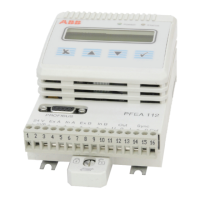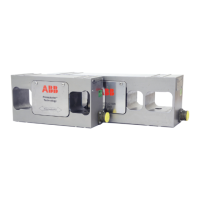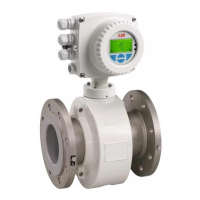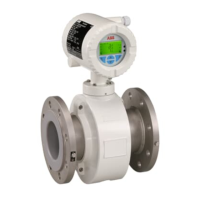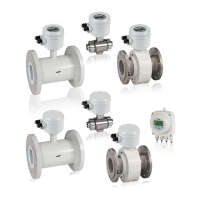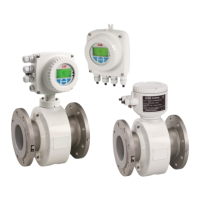Tension Electronics PFEA113, User Manual
Appendix A Technical Data for Tension Electronics PFEA113
A-2 3BSE029382R0101 Rev C
A.2 Definitions used in the Web Tension Systems
Table A-1. Definitions
Nominal load, F
nom
, is the load for which the load cell is
dimensioned and calibrated, i.e. the sum of the stationary
load and the maximum measured load in the measuring
direction.
F
ext
= Extended range. Between F
nom
and F
ext
some
decline in measurement accuracy may be experienced.
Sensitivity is defined as the difference in output signal
between nominal load and no load.
Accuracy class is defined as the maximum deviation, and
is expressed as a percentage of the sensitivity at nominal
load. This includes linearity deviation, hysteresis and
repeatability error.
Linearity deviation is the maximum deviation from a
straight line drawn between the output values of zero and
nominal load, related to the nominal load.
Hysteresis is the maximum deviation of the output signal at
the same load during a cycle from zero to nominal load and
back to zero, related to the sensitivity at nominal load.
The hysteresis is proportional to the cycle.
Repeatability error is defined as the maximum deviation
between repeated readings under identical conditions.
It is expressed as a percentage of the sensitivity at
nominal load.
Temperature dependence is the drift in %/K related to the
sensitivity at nominal load.
Zero point drift is defined as the drift in the output signal
when there is no load on the load cell.
Sensitivity drift is defined as the drift in the output signal at
nominal load, excluding the zero point drift.
Segmented Roll Scale Factor (SRSF) is a factor that
compensates Wrap Gain when load cells are not installed at
each support in segmented roll applications.
U
F
nom
U
F
nom
F
nom
Sensitivity
U
Zero
point
drift
drift
Linearity deviation
Hysteresis
Temperature dependence
